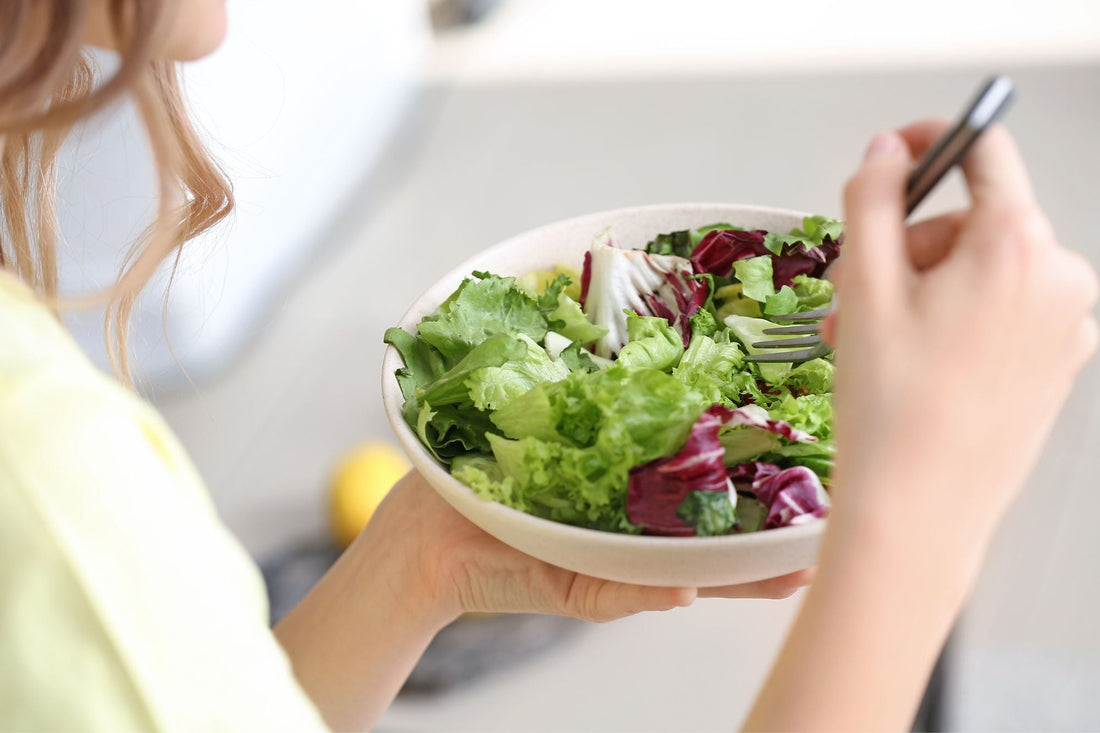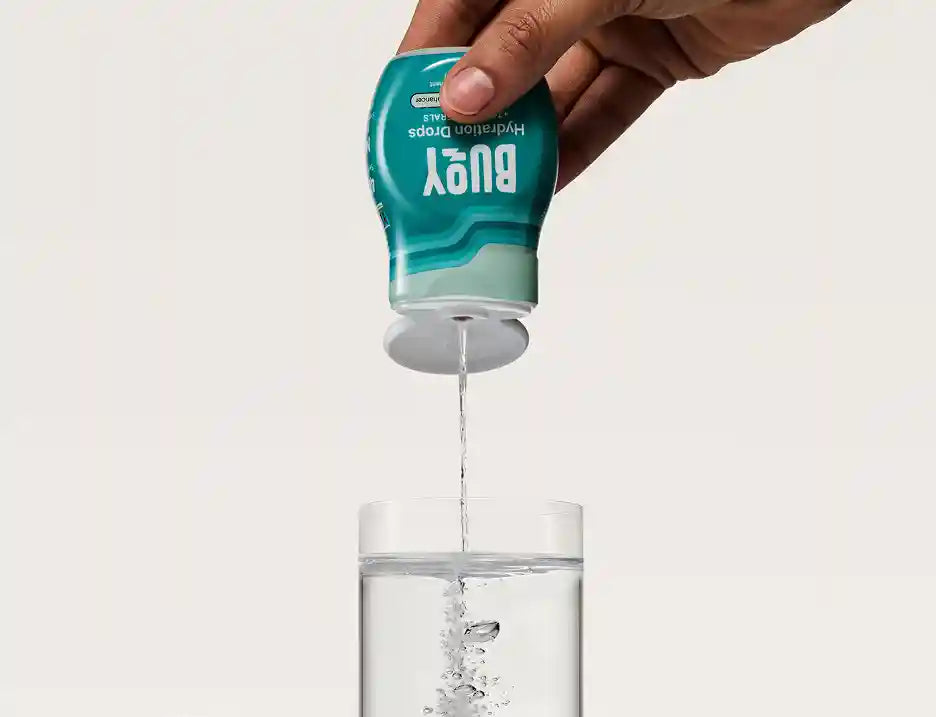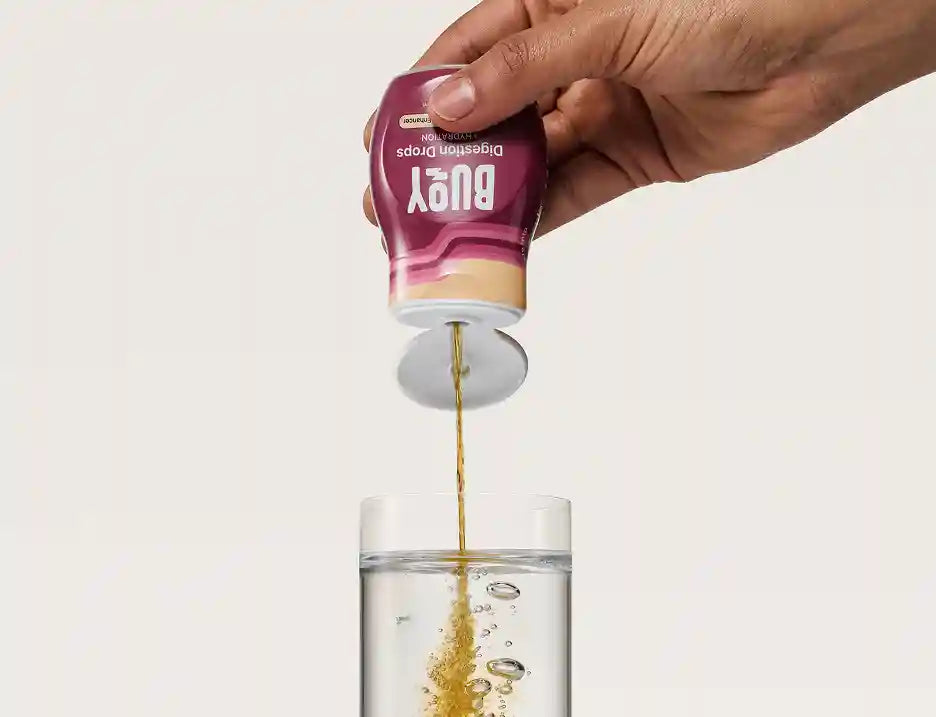
Keto, Vegan or Paleo? What Diet Plans Should You Avoid with POTS
If you live with Postural Orthostatic Tachycardia Syndrome (POTS), you already know how important diet can be in managing your symptoms. But with so many popular diets making headlines, it can be tough to know which ones might help or harm.
Essential Takeaways:
- Popular Diets May Not Meet POTS Nutritional Needs: While diets like keto, vegan, and paleo are popular, they may not align with the specific requirements of POTS patients. These restrictive diets can make it difficult to meet the increased sodium and fluid intake essential for managing POTS symptoms.
- Personalized Nutrition is Key for POTS Management: One-size-fits-all diets often fall short for POTS patients. Instead of following strict diet trends, prioritize getting enough sodium and hydration to support your health. Consulting with a healthcare provider or registered dietitian specializing in POTS can help create a tailored diet plan that supports your unique needs and symptoms.
In this article, we break down three of the most talked-about diets—keto, vegan, and paleo—to find the best diet for POTS.
- Understanding the Nutritional Needs of POTS Patients
- Is the Keto Diet Safe for POTS Patients?
- Can a Vegan Diet Support POTS Management?
- The Impact of the Paleo Diet on POTS Symptoms
- Dietary Modifications for POTS Patients
- Tips for Choosing the Right Diet for POTS Management
- Choose the Right Diet to Manage Your POTS Symptoms
Understanding the Nutritional Needs of POTS Patients
Before we go over the specific diets, it’s essential to understand the unique nutritional needs of people with POTS. Creating an effective POTS diet plan involves balancing sodium intake, hydration, and overall nutrition. Let’s go over what that might look like.
A High-Sodium Diet
Experts recommend consuming approximately 10-12 grams (1.75 to 2.1 teaspoons) of salt a day to help manage symptoms like dizziness and fatigue.¹ However, the quality of salt matters.
Unrefined, hand-harvested sea salt contains over 87 trace minerals that support hydration, energy, and overall health.
Learn more about salt's importance in our guide: Why Salt Helps Manage POTS Symptoms.
Proper Hydration
Studies show that people with POTS should aim to drink at least 2-3 liters (8-10 cups) of fluids daily.¹ But consuming plain water alone can lead to electrolyte imbalances.
Consider adding a premium electrolyte supplement to your water and other beverages to maintain a proper balance of electrolytes and minerals.
Optimize your hydration with our guide to Hydration Tips for POTS: Stay Hydrated and Manage Your Symptoms.
Balanced Nutrition
A well-rounded diet is crucial for people with POTS. Focus on consuming a variety of nutrients to support overall health and symptom management, such as:
- Complex carbohydrates for sustained energy
- Lean proteins for muscle health
- Healthy fats for hormone balance
- Fruits and vegetables for vitamins and minerals
A whole foods approach is recommended, but be mindful of adding salt to meet high sodium needs. You might want to add a sprinkle of high-quality salt to meals and snacks throughout the day.
Other Diet Considerations
Beyond sodium and hydration, POTS patients should also:
- Pay attention to potassium and magnesium intake
- Some may benefit from moderate carbohydrate reduction
- Consider food triggers and potential IBS connections
Always consult with a healthcare provider before making significant dietary changes.
These nutritional requirements can make certain popular diets challenging or even potentially harmful for POTS patients. Let’s explore why.

Whether you follow a keto, paleo, or vegan diet, incorporating high-quality salt like Buoy’s Rescue Salt into your meals helps ensure you’re meeting the high sodium needs for managing POTS symptoms.
Is the Keto Diet Safe for POTS Patients?
The ketogenic diet, known for its high-fat, low-carb approach, has gained popularity for its potential weight loss benefits. But when you have POTS, a keto diet may present some challenges:
- Electrolyte Imbalance: The early stages of keto often lead to a significant loss of water and electrolytes as your body adjusts to burning fat instead of carbs. This can worsen POTS symptoms like dizziness and fatigue, which are already sensitive to electrolyte fluctuations.
- Dehydration Risk: The keto diet can have a diuretic effect, increasing the risk of dehydration—a major concern for people with POTS, who need to maintain fluid balance to manage symptoms like lightheadedness and fatigue.
- Limited Sodium Sources: Many high-sodium foods, such as bread and processed snacks, are restricted on keto. This can make it challenging for POTS patients to meet the high sodium intake needed to maintain blood volume and proper circulation.
- Reduced Carbohydrates: The drastic reduction in carbs can lead to issues with blood volume and energy levels, both of which are critical for POTS patients. Carbohydrates help maintain blood volume, and a deficiency could exacerbate POTS symptoms like fatigue and dizziness.²
While a modified keto diet might be possible for some POTS patients, you should consult with your healthcare provider to ensure it meets your specific needs.
Can a Vegan Diet Support POTS Management?
A vegan diet, centered around plant-based foods, can be nutritious and beneficial for many people. However, for POTS patients, it presents unique challenges:
- Lower Sodium Content: Many whole plant foods are naturally low in sodium, making it harder to meet the high-sodium requirements needed to manage POTS symptoms.
- Potential Nutrient Deficiencies: Without careful planning, vegan diets may lack certain nutrients crucial for POTS patients, such as B12 and iron.
- Hydration Concerns: Some vegan diets high in fiber can increase water needs, potentially complicating hydration management for those with POTS.³⁴
While it’s possible to manage a vegan POTS diet, it requires careful planning and often supplementation to meet all nutritional needs.
The Impact of the Paleo Diet on POTS Symptoms
The paleo diet, focused on whole foods our ancestors might have eaten, seems like it could align well with POTS management. However, it too has some potential pitfalls:
- Sodium Restriction: Many paleo diet plans advocate for reducing sodium intake, which directly conflicts with POTS management needs.
- Potential Carbohydrate Reduction: Just like the keto diet, some versions of paleo reduce carbohydrate intake. For POTS patients, this can lead to issues with blood volume and energy levels.⁵
The paleo diet for POTS may seem appealing, but it requires modifications to suit POTS management needs. As with any diet, it's crucial to consult with your healthcare provider to ensure it meets your specific requirements.
Buoy Quick Tip: If you follow a diet low in sodium—like keto, vegan, or paleo—try adding Buoy Rescue Drops to your daily routine. This can help ensure you meet the high sodium needs crucial for managing POTS symptoms, without relying solely on diet changes.
Dietary Modifications for POTS Patients
Instead of adhering strictly to trendy diets, people with POTS often benefit more from a tailored approach that prioritizes:
- Increased Sodium Intake: Aim for the recommended 3,000 to 10,000 mg of sodium daily, as advised by your healthcare provider.
- Proper Hydration: Consume adequate fluids, often with added electrolytes.
- Balanced Nutrition: Focus on a variety of nutrients to support overall health and POTS management.
- Regular Meals: Eating smaller, more frequent meals can help maintain steady blood sugar and minimize symptoms.³⁶
When it comes to managing POTS with diet, this tailored strategy often proves more effective than following popular diet trends that may not address the specific challenges of POTS management.
Buoy Quick Tip: Feeling faint? Studies show that drinking 2 cups (16 ounces) of cold liquid may help boost your blood pressure and lower your heart rate.⁷
Tips for Choosing the Right Diet for POTS Management
The best diet for POTS is one that's personalized to your specific needs and symptoms. When considering any diet plan, keep these tips in mind:
-
Consult Your Healthcare Team: Always discuss significant dietary changes with your doctor or a registered dietitian familiar with POTS.
-
Prioritize Sodium and Hydration: Any diet plan should allow for adequate sodium intake and proper hydration.
-
Listen to Your Body: Pay attention to how different foods and eating patterns affect your symptoms.
-
Be Flexible: The best diet for POTS management may involve elements from various eating styles, tailored to your individual needs.
- Focus on Nutrient Density: Choose foods that provide a wide range of essential nutrients to support overall health.
Ultimately, the best way to manage POTS with diet is to follow an eating plan that’s personalized, flexible, and developed in consultation with healthcare professionals.
Get more tips and expert advice on optimizing your diet for POTS in our comprehensive POTS Diet and Nutrition Guide.
Choose the Right Diet to Manage Your POTS Symptoms
While popular diets like keto, vegan, and paleo may offer benefits for some, they often fall short in meeting the unique nutritional needs of POTS patients. Instead of following trendy diets, focus on a balanced approach that prioritizes sodium intake, hydration, and key nutrients that directly target your POTS symptoms.
Personalize Your POTS Diet
The most effective POTS diet plan is one that’s tailored to your individual needs and supports your overall well-being. Work closely with your healthcare provider to develop a nutrition plan that addresses your POTS symptoms and helps you stay healthy.
Learn More About POTS
Want to dive deeper into managing POTS symptoms? Explore our POTS Resource Guides to stay informed with the latest research and expert tips.

References:
-
Sheldon R.S., Grubb B.P., 2nd, Olshansky B., et al. 2015 Heart Rhythm Society Expert Consensus Statement on the Diagnosis and Treatment of Postural Tachycardia Syndrome, Inappropriate Sinus Tachycardia, and Vasovagal Syncope. Heart Rhythm. 2015;12(6):e41–e63. Retrieved from https://www.ncbi.nlm.nih.gov/pmc/articles/PMC5267948/
-
Standing Up to POTS. (n.d.). Nutritional Strategies to Help Manage POTS. Retrieved from https://www.standinguptopots.org/nutritionstrategiesPOTS
-
Healthline. (2024). 5 Diet Tips for People with POTS. Retrieved from https://www.healthline.com/health/pots-diet
-
O’Keefe, J. H., O’Keefe, E. L., Lavie, C. J. & Cordain, L. (2022). Debunking the Vegan Myth: The Case for a Plant-Forward Omnivorous Whole-Foods Diet. Retrieved from https://konstantinus.com/wp-content/uploads/2022/10/1-s2.0-S0033062022000834-main.pdf
-
Berggren, T., Marchand, R., Barrios, A., Mitchener, C., Jones, A., Scherr, R. E. & Zidenberg-Cherr, S. (2018). Nutrition and Health Info Sheet: The Paleo Diet for Health Professionals. Center for Nutrition in Schools, Department of Nutrition, University of California, Davis. Retrieved from https://nutrition.ucdavis.edu/sites/g/files/dgvnsk426/files/inline-files/fact-pro-paleo-diet.pdf
-
Cleveland Clinic. (2022). Postural Orthostatic Tachycardia Syndrome (POTS). Retrieved from https://my.clevelandclinic.org/health/diseases/16560-postural-orthostatic-tachycardia-syndrome-pots
- Water Ingestion in Postural Orthostatic Tachycardia Syndrome: A Feasible Treatment Option? (2019). The Journal of Innovations in Cardiac Rhythm Management, 10(2), 3545–3551. Retrieved from https://www.ncbi.nlm.nih.gov/pmc/articles/PMC7252859/





